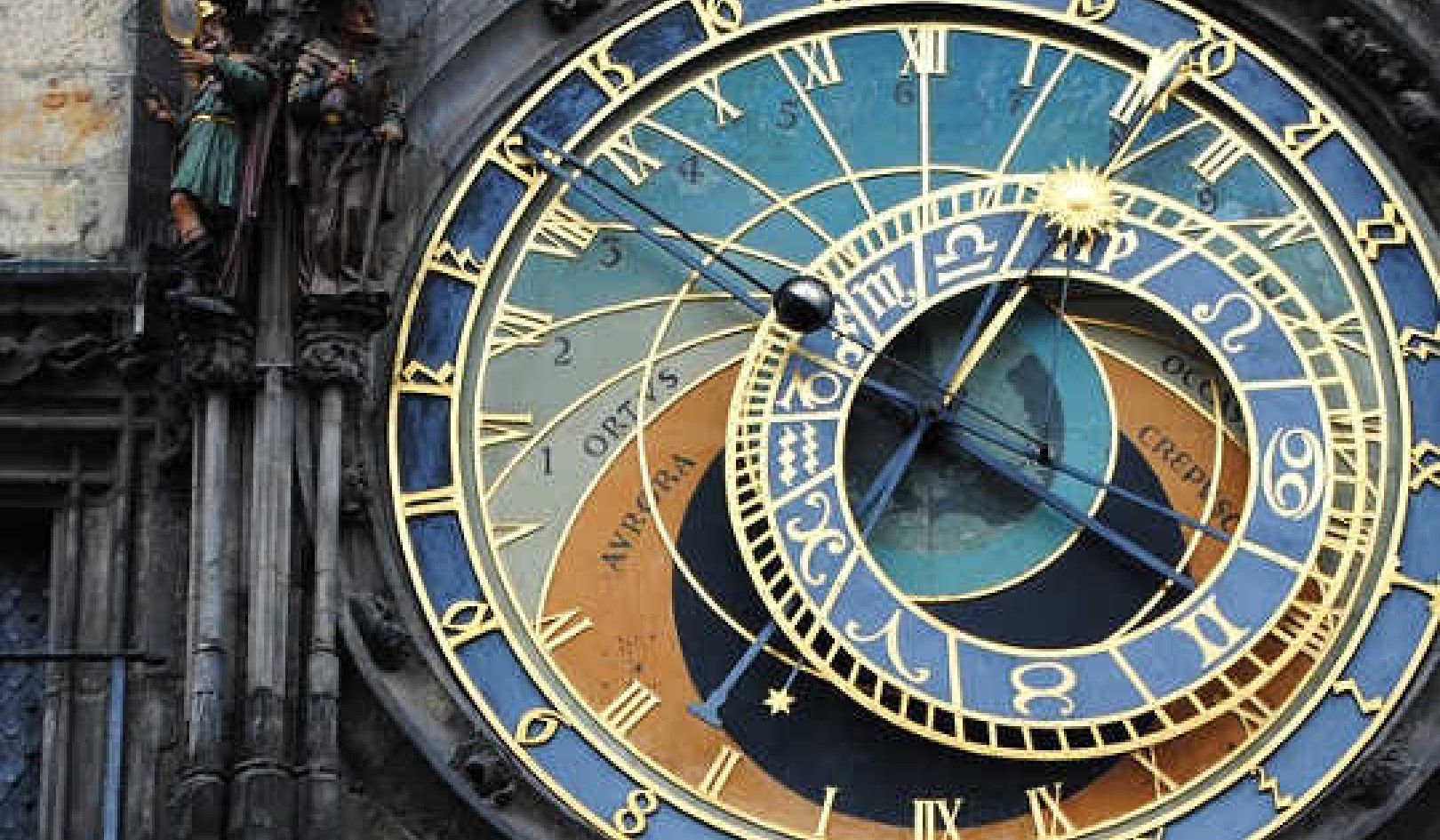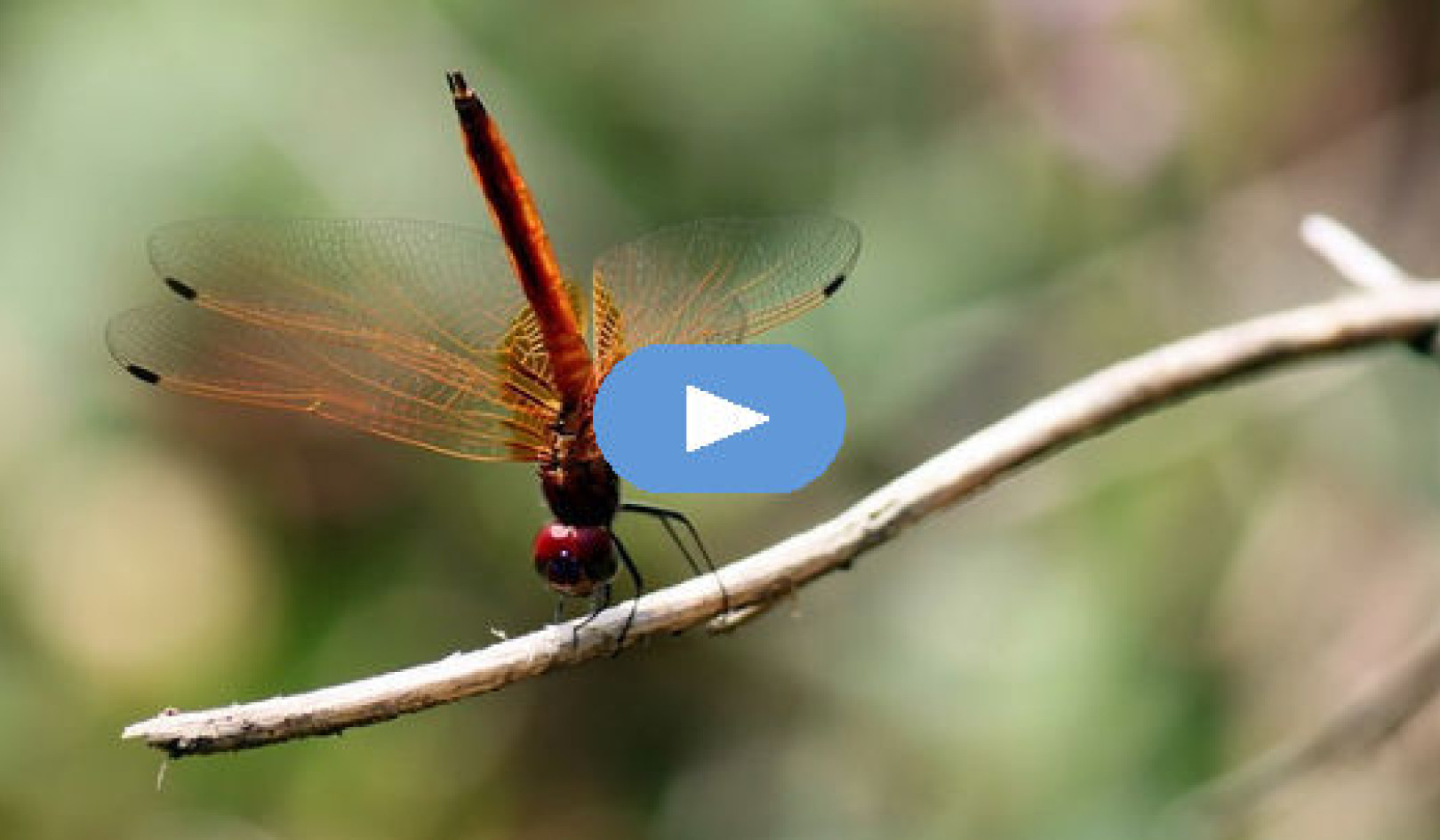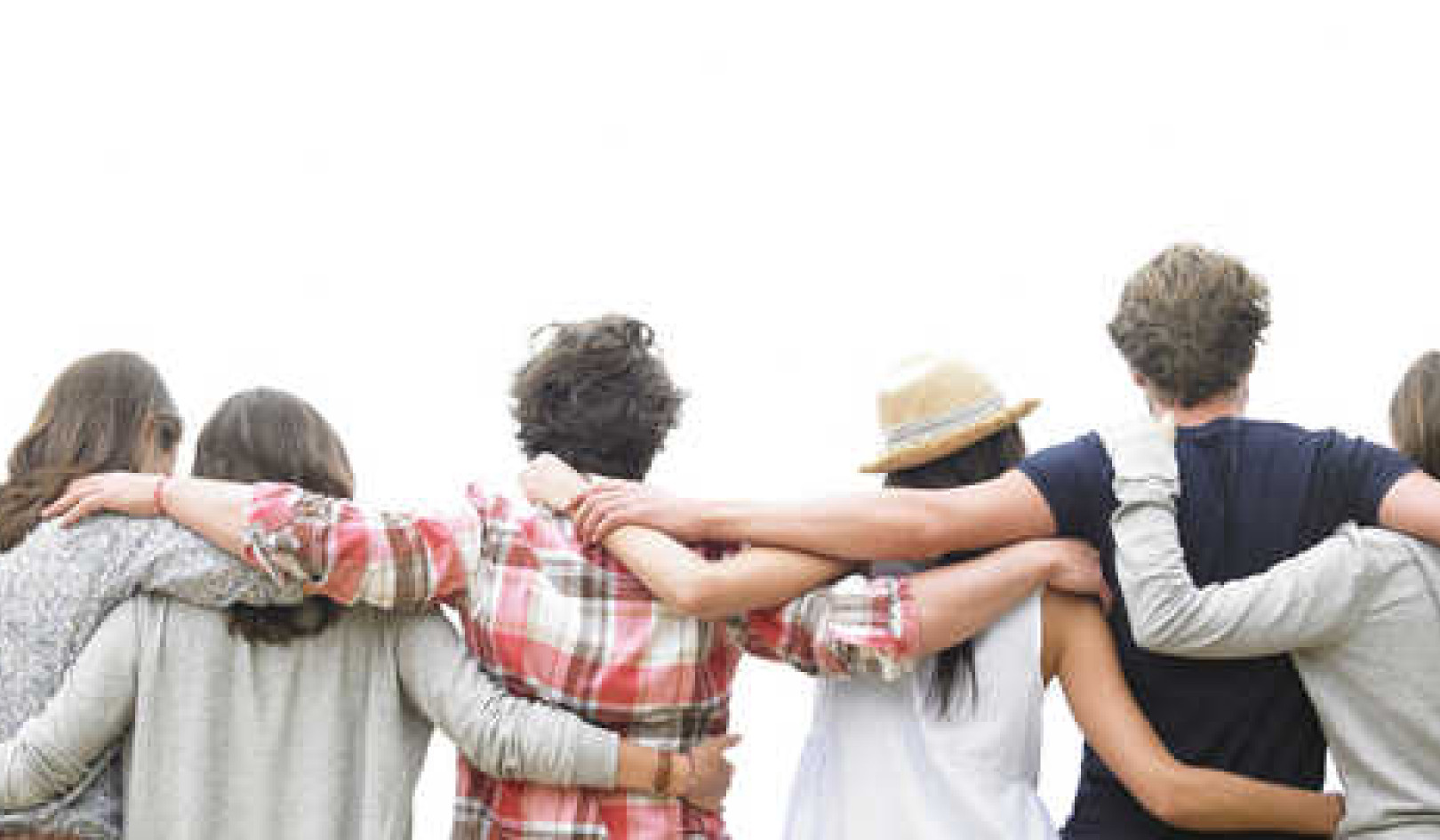
Image by Jess Foami
“Adopt the pace of nature: her secret is patience.”
~ Ralph Waldo Emerson, philosopher and poet
In an attempt to keep up in an increasingly fast world, we are always on the go, non-stop doing, grabbing coffees and rushing lunches . . . We are in constant motion, fingers active if not our whole body, while our mind is split between various things. We are distracted. Very few people, often not even ourselves, are gifted with our undivided attention.
Slowing down does not necessarily mean physically slowing down and stopping. It means vibrational slowing, so that mind and body can connect at a similar pace and together work well.
This is slowing down out of the fastness of stress, of agitated nerves, speeding thoughts and tensed muscles. Slowing into a more unified focus, a calmer experience that is more satisfying for ourselves and others. When we stop rushing, we become aware of the presence of the present.
Here, we are talking about slowing to access that which is already present, beneath the surface flurry. Like pulling back the arrow against a bow and pausing to take aim in a moment of focused preparation . . . the success of the shot is determined in that moment of slow.
Now at the intersection of inner and outer worlds, as I sit writing this in the park, a large and beautiful butterfly arrives to sit still, wings folded shut, on my notes next to me. Enjoying it, I pause too.
Artificial Activity
We live in a super-fast, highly pressured world, where time is considered money. Most of us live constantly switched on to high alert, ready to respond. We may physically tense ourselves, hold our breath and rush our actions, pushing ourselves on!
In urban modernity, non-stop doing is seen as a good thing. But it is unnatural and unhealthy. In order to keep going, we can override our impulse for rest, movement, food, sunlight or sociability. Many people have problems with their sleep, energy, digestion and happiness, and some people are literally dying from overwork.
Non-stop stressful activity can lead to nervous system burnout. Our biological capacity for fight or flight is important and useful; it ensures our survival and gets the urgent jobs done. But we also need to be able to be flexible, to switch off sometimes, wind down and relax without guilt.
Learning to slow down may be more productive in the long run. Like the tortoise in Aesop’s fable “The Tortoise and the Hare”, slow may be effective. Research suggests that workers who take more breaks actually get more accomplished.
The Illusion of Time
As a culture, we are obsessed with the illusion of time.
We tend to focus on either the past or the future, and to think about the things that have happened which caused the current moment and to feel blame or pride in relation to them. We may also think about anticipated outcomes that we hope or fear.
In this way, the present moment barely exists for us. It has become a diminished nothingness, a fragment of time to be rushed through, a means to an end, a line between past and future. We ignore right now and turn the series of present moments – now, now and now – into linked-up stories that have a causative beginning, middle and resultant end. We falsely believe that because of this, that.
Such an illusion of time denies us life. We miss out on a lot of what is on offer now.
In actuality, every moment is full of value. Just writing that sentence, my body breathes more deeply than it has for a few moments and relaxes . . . For the present moment is a present.
Below the expectant rushing is an ever-present, deep-running stream of slowness. When we really experience the now, we experience a quality of realness that is impactful and valuable.
Time Is Relative
Time is not absolute; it passes at the speed of the observer.
The Ancient Greeks had two words to describe distinct experiences of time: chronos and kairos. We know clock time as chronos. This is chronological, sequential time: it is 3 o’clock and we are meeting for fifteen minutes. We all agree on this understanding of time.
Kairos, on the other hand, is the appropriate time for action, an “appointed” time, a personal opportunity. It lasts as long as is needed and the experience can feel as if time stands still. We become present to what is here and now.
Our transition between these two experiences of time is mediated by the body’s chemical messengers. Under stress, the hormones adrenalin, cortisol and norepinephrine increase our blood pressure and blood flow to our sense organs and muscles; our nervous system activates, our perception and behaviour speed up, and we are ready to react quickly. We return from kairos to chronos.
Choosing to Slow
When we are living full-on fast and busy, we need to remember to slow down sometimes and experience the realness of eternally present time – to return from chronos to kairos. If we don’t intentionally relax and wind ourselves down, we will stay activated. We need to consciously interrupt our go, go, go with a glass of wine, a cup of tea, a movie, dance or meditation.
Slowing is what every therapist, healer, shaman or mystic does. Slowing is what I offer when I work with individuals and groups. This is a slowing out of our anxious thoughts, agitated emotions and fraught nervous system; it is a slowing out of the stories about what has happened and what might happen, and a slowing down into the simple sensate feeling of what is happening this moment now.
Slowing down can provide a holding space for a while, so that agitated vibrations can pass through a transformational still point and become rearranged into a new movement and frequency.
We might imagine stressed nervous activity as a line on a chart. When we are anxious, our emotional vibrations move faster and the line is agitated, showing sharp excited peaks and steep depressed troughs. Slowing down is calming vibrationally from agitation to relaxation. The line on the chart softens.
Stepping down the voltage or vibration of the energy in this way, we deeply slow, entering a realm of more realness, a different and truer dimension. Perspective, relaxation and enjoyment arrive.
It doesn’t need to take a long time to do this. Slowing right down can happen quickly, as we learn to move down through the gears. When we do, sacred multi-dimensional space is always present and available to us.
Pausing Is Productive
We can begin to slow down by interrupting our non-stop motion through building in some pauses. There is no music without a pause and no visual art without some empty space. Our body is not built of non-stop strings of nerves, but with spaces between them. Without gaps there is chaos.
In pauses and gaps, new data integrates with the old. Healing takes place in the spaces between sessions, not during the treatment or programme. It is the same at the gym, where personal trainers say that muscle builds not during the active repetitions, but in the rest period afterwards.
Ants work very hard and achieve a lot considering their small size and short life. They don’t sleep at night or hibernate in winter; unusually, they frequently sleep in fractions of seconds, pausing often. Might we learn something from this model?
It is useful to interrupt our non-stop doing and consciously pause. This does not mean reaching a state of unconscious collapse, but simply allowing a little space and time for ourselves, a moment of not-doing, of emptiness and potential. When we consciously pause, nothing is lost. Rather, there is a gathering of energy and focus. A pause is a refresh button, a mini-transformation point. As we pause, we are contained; we can reorganize and shift; the pattern changes, opening into something new.
Slowing and pausing doesn’t change anything . . . and yet it changes everything – habit, perception and experience.
Slowing and Opening
When a mother looks like she is doing nothing, just sitting still with her baby, she is actually silently attuning to her little one, so she can care for it even though the baby is not able to ask for what it needs.37 The mother is opening up her perception and learning to listen in another way.
When we similarly slow down our racing thoughts and release tensions, we also begin to relate to others from our whole body, not just our heads. This way of listening creates healthy intimate relationships. Singer Naomi Judd recommends that we slow down, simplify and be kind.
In this slow state, we can sense more deeply into the emotional information that is always present, feeling into what is there and what is needed. We all want to feel truly seen, heard and understood; we want to feel “met”. When we slow down or someone else slows down enough to be able to attune to us on a deep level, the effect is very soothing. Simply a touch, look or breath can say to us everything is ok, I’m right here with you, you are safe. We can then relax, open up and connect . . .
As we vibrationally slow, as we become less ego-agitation and more soul-essence, we open up to a more nuanced field of information, gain perspective and a richer, more pleasurable experience. I can hear the sound in the silence right now.
Copyright 2022. All Rights Reserved.
Printed with permission of the publisher.
Article Source:
BOOK: The Healing Power of Pleasure
The Healing Power of Pleasure: Seven Medicines for Rediscovering the Innate Joy of Being
by Julia Paulette Hollenbery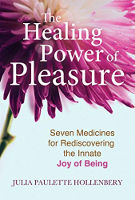 Hidden just below the surface of ordinary day-to-day reality lies an abundance of pleasure and delight. By learning to look beyond your daily challenges, you can ease your stressed mind and body and rediscover the magic, mystery, sensuality, and joy that is possible in everyday life.
Hidden just below the surface of ordinary day-to-day reality lies an abundance of pleasure and delight. By learning to look beyond your daily challenges, you can ease your stressed mind and body and rediscover the magic, mystery, sensuality, and joy that is possible in everyday life.
The Healing Power of Pleasure combines scientific fact with ancient spirituality, insight, humor, and poetry. This book presents an invitation to reawaken your body, realize the depth and web of relationships within which we live, and embrace the pleasure, power, and potency that arise when we look inward as well as confidently relate outward with the world around us.
For more info and/or to order this book, click here. Alsio available as a Kindle edition and as an Audiobook.
About the Author
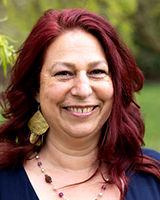 Julia Paulette Hollenbery is a bodyworker, therapist, mystic, healer, and facilitator. For more than 25 years she has guided countless clients into deep confidence and self-authority. Passionate about sharing her life-long love of the mystery, real sensual relationship, and the life of the body, Julia lives and works in London.
Julia Paulette Hollenbery is a bodyworker, therapist, mystic, healer, and facilitator. For more than 25 years she has guided countless clients into deep confidence and self-authority. Passionate about sharing her life-long love of the mystery, real sensual relationship, and the life of the body, Julia lives and works in London.
Author's Website: UniverseOfDeliciousness.com/























